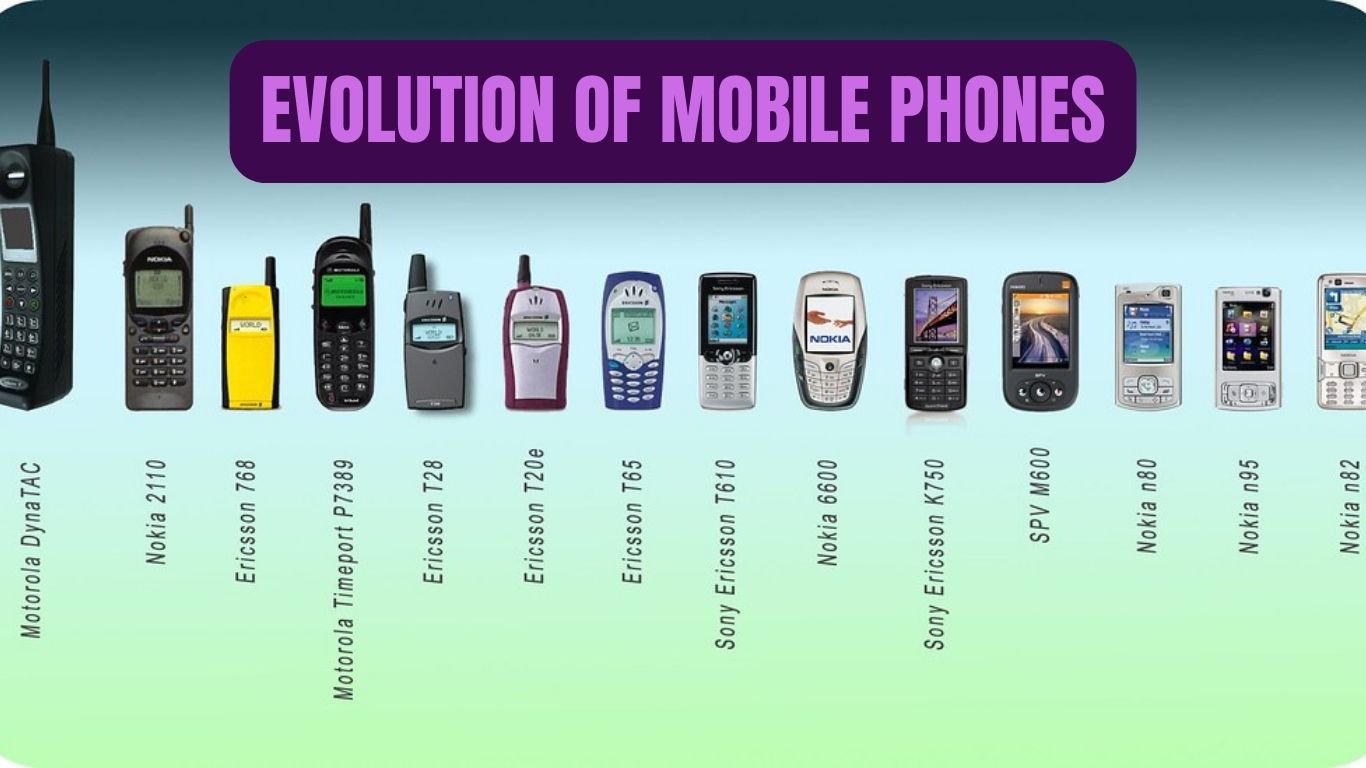Introduction
Fifty years ago, on April 3, 1973, engineer Martin Cooper stood on Sixth Avenue in Manhattan with a device the size of a brick and made the first-ever call from a mobile phone, which marked the beginning of a revolution that transformed the way we communicate and interact with the world. In this article, we will take a closer look at the history and evolution of the mobile phone, the impact it has had on our lives, and the future of this technology.
The early days of mobile phones
The first cellular phone
In 1973, Martin Cooper, a researcher at Motorola, invented the first cellular phone, the DynaTAC 8000x, which weighed almost two and a half pounds and cost nearly $4,000. The device had a battery life of only 20 minutes and took ten hours to recharge.
The development of mobile networks
In the 1980s, the first mobile networks were developed, enabling mobile phones to communicate with each other and with landline phones. The first cellular network was launched in Tokyo in 1979, followed by the US in 1983.
The rise of smartphones
The first smartphones
In the early 2000s, smartphones emerged, combining the functionality of a computer with the portability of a phone. The first smartphones, such as the BlackBerry and Palm Treo, were primarily used for email and texting.
The launch of the iPhone
In 2007, Apple launched the first iPhone, which revolutionized the smartphone industry with its touchscreen interface, mobile web browsing, and app store. The iPhone paved the way for other smartphones, such as Android devices, and transformed the way we use technology in our daily lives.
The impact of mobile phones on society
Communication and social connections
Mobile phones have transformed the way we communicate and stay connected with others. With the ability to make calls, send texts, and access social media, we can now communicate with people from anywhere in the world at any time.
Entertainment and media consumption
Mobile phones have also become a primary source of entertainment and media consumption. With access to music, movies, and games, we can now enjoy a wide range of content on the go.
Productivity and work
Mobile phones have also transformed the way we work and do business. With the ability to access email, calendars, and productivity apps, we can now work from anywhere and stay connected to our work even when we are not in the office.
The future of mobile phones
5G and beyond
The next generation of mobile networks, 5G, promises to be faster and more reliable than ever before, enabling new technologies such as autonomous vehicles and augmented reality.
Foldable and wearable devices
Foldable and wearable devices, such as the Samsung Galaxy Fold and Apple Watch, are also pushing the boundaries of what is possible with mobile technology, offering new ways to interact with our devices and the world around us.
The Internet of Things
Mobile phones are also becoming an increasingly important part of the Internet of Things, connecting to a wide range of devices and sensors to enable smart homes, cities, and infrastructure.
Conclusion
The mobile phone has come a long way since Martin Cooper made the first call fifty years ago. From the early days of brick-sized devices to the sleek, powerful smartphones we have today, mobile phones have transformed the way we communicate, work, and interact with the world. As technology continues to evolve, we can only imagine the new and exciting possibilities that lie ahead for the mobile phone.

